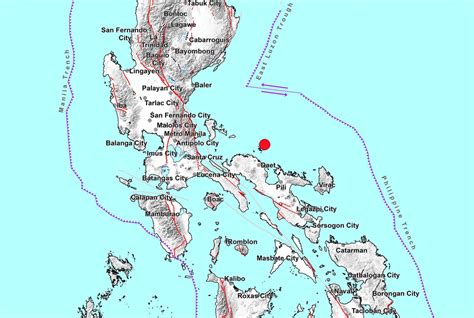5.1 Earthquake Rocks Vancouver, Victoria: A Recipe for Disaster Preparedness
The recent 5.1 magnitude earthquake that shook Vancouver and Victoria serves as a stark reminder of the importance of disaster preparedness. While we can't predict when the next tremor will hit, we can prepare ourselves and our families. This isn't just a recipe for survival; it's a recipe for resilience.
Understanding the Risk: Why Preparedness Matters
The Pacific Northwest is situated on the Cascadia Subduction Zone, a major fault line capable of producing devastating mega-quakes. The recent 5.1 quake, while not catastrophic, highlighted the vulnerability of our infrastructure and the need for personal preparedness. Don't wait for the next big one. Proactive measures now can significantly lessen the impact on you and your loved ones.
The Recipe for Earthquake Preparedness: Ingredients
This recipe requires several key "ingredients" to ensure your family's safety and well-being in the aftermath of an earthquake:
1. Emergency Kit: The Foundation of Your Plan
- Water: One gallon per person, per day, for at least three days.
- Food: Non-perishable items with a long shelf life (canned goods, energy bars). Think about dietary restrictions and preferences.
- First-aid Kit: Include bandages, antiseptic wipes, pain relievers, and any necessary prescription medications.
- Flashlight and Extra Batteries: Essential for navigating darkness and power outages.
- Radio (hand-crank or battery-powered): Stay informed about emergency broadcasts.
- Whistle: Signal for help if needed.
- Dust Mask: Protect your lungs from dust and debris.
- Moist towelettes, garbage bags, and plastic ties: For personal sanitation.
- Wrench or pliers: To turn off utilities if necessary.
- Local maps: In case GPS systems fail.
- Copies of important documents: Insurance policies, identification, medical records (stored in a waterproof bag).
2. Develop a Communication Plan:
- Designated Meeting Point: Choose a location outside your home where your family can meet if separated.
- Out-of-State Contact: Designate a friend or relative outside the affected area to serve as a communication hub.
- Emergency Contacts List: Keep a list of important phone numbers readily accessible.
3. Secure Your Home:
- Identify Hazards: Check your home for potential hazards that could cause injury during an earthquake (unsecured bookcases, heavy objects hanging on walls).
- Secure Heavy Objects: Secure or remove anything that could fall and cause injury.
- Reinforce Weak Points: Consider professional assessments for structural reinforcement if necessary.
4. Practice, Practice, Practice:
- Earthquake Drills: Regularly practice “drop, cover, and hold on” drills with your family.
- Emergency Kit Check: Check your emergency kit regularly to ensure supplies are fresh and in good condition.
- Review Your Plan: Review your communication plan and emergency procedures regularly.
The Aftershocks: Post-Earthquake Actions
Even after the initial shaking stops, the dangers aren't over. Remember these key steps:
- Check for Injuries: Assess injuries and provide first aid as needed.
- Check Utilities: Be cautious of damaged gas lines, electrical wires, and water pipes.
- Stay Informed: Monitor emergency broadcasts for updates and instructions.
- Seek Assistance: Don't hesitate to seek help if needed.
The 5.1 earthquake serves as a powerful reminder that we must be prepared. This isn't just about a recipe; it's about safeguarding your family's well-being and contributing to the overall resilience of our communities. By following these steps, you can significantly reduce your risk and build a more secure future. Be prepared; be safe.
